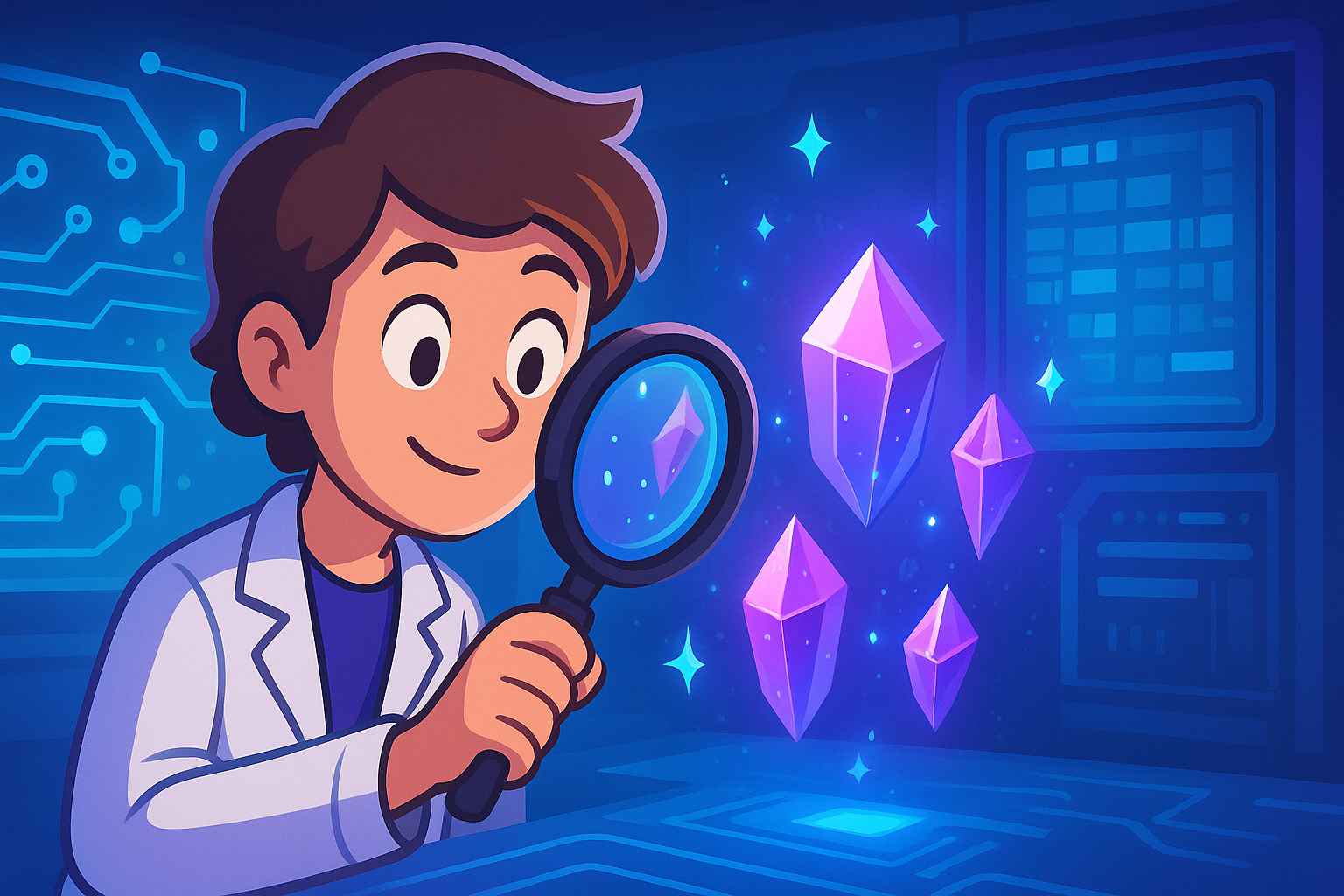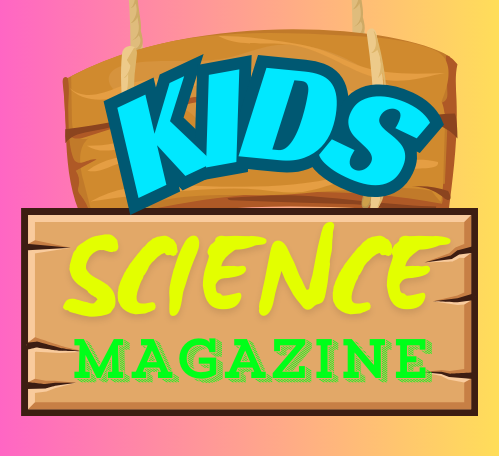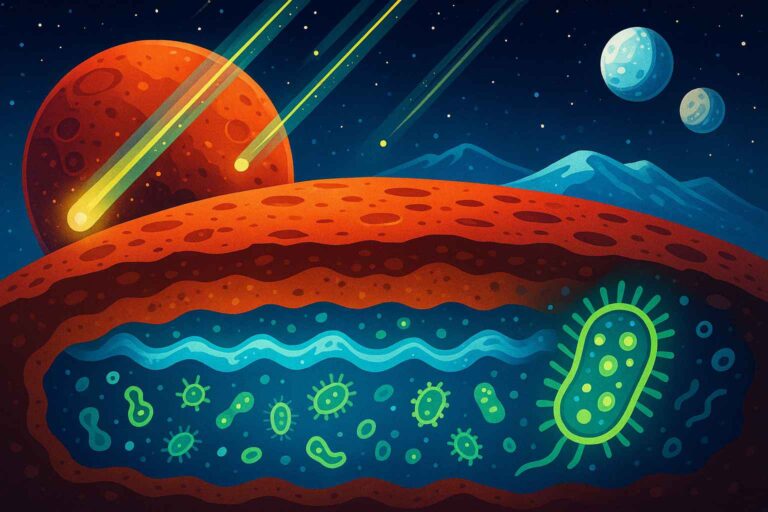
The Invisible Treasure Hunt
Deep inside the labs of Auburn University, scientists are chasing something invisible — tiny, shimmering crystals that could power the next great revolution in technology. They’re not made of gold or diamonds… but of free electrons — the mysterious, energetic particles that run through everything around us!
Imagine a world where your phone charges itself from sunlight, your computer thinks faster than your brain, and factories make medicines and fuels without pollution. Sounds like magic? Well, this magic begins with a strange new kind of material: quantum crystals.
But what exactly are these crystals hiding inside? That’s the mystery Auburn scientists set out to solve.
The Secret Lives of Electrons
Every atom has electrons — tiny charged particles that zip around its center, much like planets orbiting the sun. Usually, they stay close to their atoms, behaving politely.
But in some rare materials, called electrides, electrons don’t follow the rules. They break free! 🌀 They move through the material like ocean waves, carrying energy wherever they go. These “free” electrons are what give electrides their weird, wonderful powers.
For years, scientists have dreamed of controlling these electrons — if they could, it might unlock super-speed computers and smart machines that learn faster than ever before. But there was a problem: electrides were unstable. They fell apart easily and couldn’t be used in real-world devices.
Then came the Auburn team, determined to crack the code.
The Auburn Discovery: Free Electrons, Finally Tamed
The scientists at Auburn designed something brand new — Surface Immobilized Electrides (try saying that three times fast!).
Instead of letting electrons roam wildly, they anchored them to stable surfaces like diamond and silicon carbide — super-tough materials that act like tiny playgrounds for electrons.
Using computer models, the team discovered that they could rearrange these electrons into different patterns:
- Sometimes they grouped into small “islands” — perfect for quantum bits (the building blocks of quantum computers).
- Other times, they spread out into “seas” — just right for speeding up chemical reactions.
This means the same type of material could help computers think faster and factories create cleaner fuels.
“We’ve learned how to make electrons do things nature never planned,” said Dr. Evangelos Miliordos, one of the lead scientists. That’s like teaching lightning to dance! ⚡
From Mystery to Mastery
To make sure their design worked, the Auburn researchers tested their theories with advanced simulations — super-detailed computer experiments that model how electrons move.
Their calculations showed something incredible: by changing how the molecules line up on the surface, scientists can tune the behavior of electrons — like adjusting the strings of a guitar to play different notes.
Suddenly, electrons weren’t wild and chaotic anymore. They were organized, predictable, and full of potential.
Why It Matters for Our Future
This discovery might sound tiny — after all, we’re talking about particles smaller than atoms — but its impact could be gigantic!
💻 Quantum Computers: Quantum crystals could be used to build computers that solve in seconds what would take normal computers thousands of years.
🧪 Super Chemistry: By controlling how electrons move, scientists could design new catalysts — special materials that speed up chemical reactions to make medicines, fuels, and materials faster and cleaner.
🏙️ Greener Technology: Imagine skyscrapers powered by clean, efficient energy from quantum materials — no pollution, no waste.
The Ongoing Mystery
Even with all these breakthroughs, there’s still much scientists don’t know. How far can we push these quantum crystals before they lose control? Could they one day mimic the brain’s lightning-fast thinking?
Dr. Konstantin Klyukin, one of the researchers, calls this “just the beginning.” He believes these materials could change the way we compute and manufacture everything.
So, next time you turn on your tablet or play a video game, remember — somewhere in a lab, scientists are unlocking the secret dance of electrons that could transform our world.
💡 Fun Science Facts!
🔹 Electrons move at nearly the speed of light — that’s over 600 million miles per hour!
🔹 Quantum computers use “qubits” that can be both 0 and 1 at the same time — like flipping a coin that’s both heads and tails!
🔹 Electrides are among the only materials where electrons themselves act as atoms — floating freely in empty spaces inside solids.
🔹 Some diamonds are used in electronics, not jewelry, because they can handle extreme heat and power.
🔹 Quantum physics is the science of the tiniest mysteries — where particles can vanish, reappear, and even be in two places at once!
🧠 Kids Science Quiz: The Mystery of Quantum Crystals!
1. What are the “free electrons” that scientists at Auburn University are studying?
A) Tiny planets orbiting the Sun
B) Electrons that can move around freely inside a material
C) Glowing dust particles from Mars
D) Frozen bits of light
✅ Answer: B) Electrons that can move around freely inside a material
2. What are “Surface Immobilized Electrides”?
A) A type of robot
B) A kind of crystal that traps air
C) A material where free electrons are controlled on solid surfaces
D) A chemical found in batteries
✅ Answer: C) A material where free electrons are controlled on solid surfaces
3. What makes these new materials so special?
A) They can help build faster computers and cleaner factories
B) They can turn invisible
C) They can grow like plants
D) They can glow in the dark
✅ Answer: A) They can help build faster computers and cleaner factories
4. What surface materials did scientists use to stabilize these electrons?
A) Gold and silver
B) Diamond and silicon carbide
C) Iron and copper
D) Glass and plastic
✅ Answer: B) Diamond and silicon carbide
5. What could quantum crystals help create in the future?
A) Flying cars
B) Quantum computers and smart machines
C) Talking animals
D) Candy-powered rockets
✅ Answer: B) Quantum computers and smart machines
🌠 Takeaway Thought:
The universe hides its biggest secrets in the tiniest places. Every spark of electricity, every atom, and every free electron tells a story about how nature builds everything — from stars to smartphones.
And maybe, just maybe… the next big discovery will come from something you can’t even see. ✨






